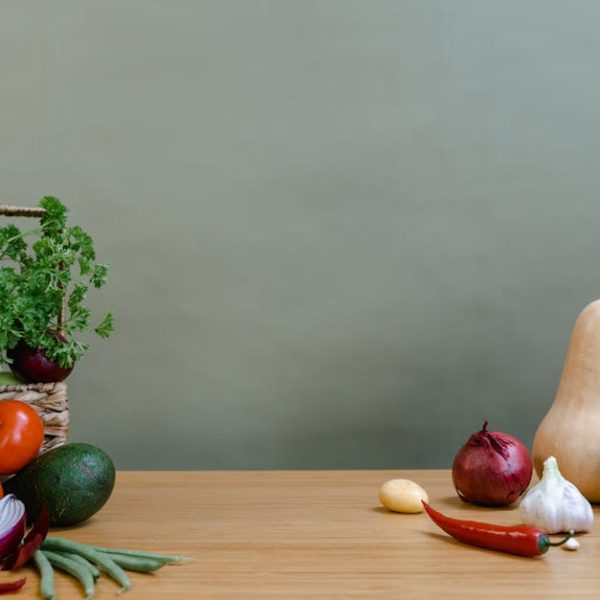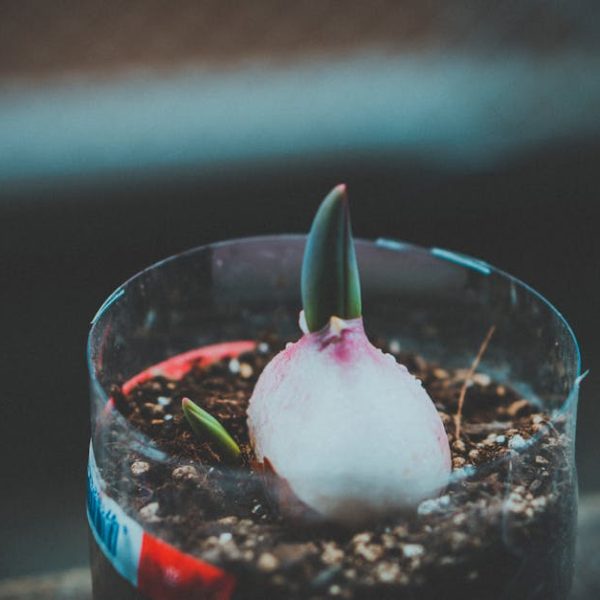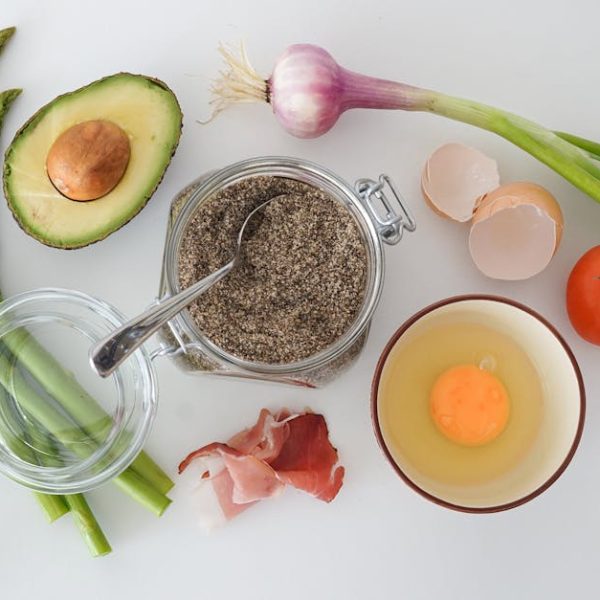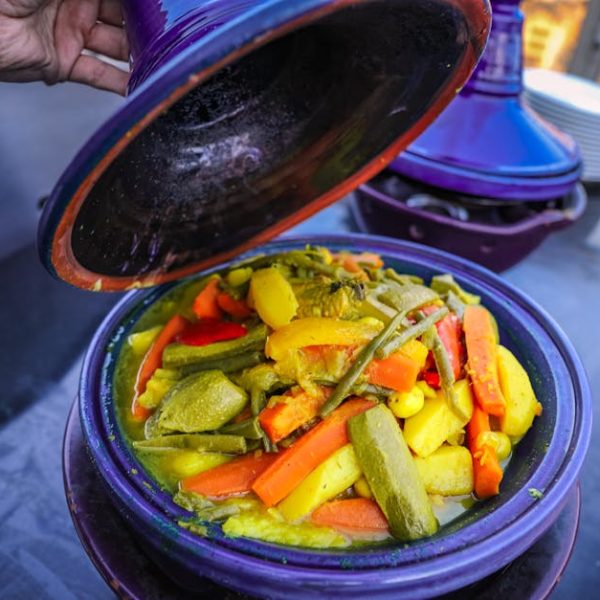Cabbage is a versatile, nutritious, and budget-friendly vegetable that can be enjoyed in numerous culinary delights. Unfortunately, like most fresh produce, its shelf life is limited. As food-conscious beings, resorting to techniques that extend the usability span of this cruciferous vegetable can significantly reduce food waste.
Preserving cabbage not only enhances its shelf life but also retains its richness in essential vitamins and minerals such as Vitamin C, K, B6 and fiber. This process allows you to leverage seasonal abundance of cabbage, maintaining its availability throughout the year at a lower cost. Additionally, it can also symbolize a person’s preparation, ready to meet the demands of a busy life or unforeseen circumstances.
Fermenting Cabbage: Making Sauerkraut
Let’s not forget the age-old tradition of fermenting cabbage, better known as making Sauerkraut. From creating a tangy, nutritious condiment to an easy method of preservation, the fermentation process involves fermenting fresh cabbage in brine – a solution of water and salt. This transformation not only extends the life of the cabbage but also increases its nutrients.
Fermentation, though simple, requires certain best practices for successful execution. Containers used for fermentation must be perfectly clean to avoid unwanted bacterial growth. A fair level of salt, typically about 2% by weight, is essential to encourage the right kind of bacteria and promote fermentation. Lastly, ensuring the cabbage is fully submerged, away from air exposure, and stored at a cool and steady temperature between 55 and 75°F are crucial to prevent mould and speed up fermentation.
Pro Tip: Always skim off any white surface mould sporadically to prevent mould growth during the fermentation process.
Using Vinegar: Pickling Cabbage
Pickling is another excellent method for preserving cabbage that involves immersing the cabbage in vinegar. This process infuses the cabbage with a unique tangy flavor while maintaining its crisp texture. Pickled cabbage offers a long shelf-life and can be used to add a zesty zing to your meals.
To pickle cabbage, you’ll need:
✔ Vinegar
✔ Sugar
✔ Water
✔ Spices such as mustard seeds, turmeric, and chilli flakes.
However, note that pickling may not appeal to everyone due to the dominant vinegar flavor and the necessity for cold storage to maintain its quality.
Canning Cabbage: Safe Storage for Longer Periods
Canning is a tried-and-tested method of preserving cabbage by storing it in jars and heat processing it to kill microorganisms that cause food to spoil. This technique is a great way to have ready-to-use cabbage at your disposal for a longer period.
Two common canning methods, water bath canning and pressure canning, can be used depending on the acidity levels of your food. High-acid foods, like pickles or jellies, can be safely canned using a water bath. However, low-acid foods like most vegetables and meats must be preserved with a pressure canner to eliminate the risk of botulism.
⚠ Best Practice: Simple precautions like cleaning and heating jars before use, processing them for the appropriate amount of time, and storing them properly can significantly reduce the risk of foodborne illness.
Freezing Cabbage: Convenient Method for Busy Cooks
Freezing is perhaps one of the most convenient methods of preserving cabbage. This method saves you time, as the prep work has been done in advance. All you need is to blanch the cabbage, which involves briefly boiling it, and then immediately cooling it in ice water before freezing.
While the freezing method is easy and requires minimal equipment, it does have its downsides. The freezing process can result in a change in the texture of the cabbage, making it softer and less crisp. Moreover, you may need a substantial amount of freezer space to store the cabbages.
Pro Tip: To avoid freezer burns and maintain cabbage quality over time, store the blanched cabbage in airtight containers or heavy-duty plastic bags.
Drying Cabbage: Raw, Oven and Dehydrator Methods
Drying cabbage, whether by air, oven, or dehydrator, is an effective preservation method. Drying removes the water content of the cabbage which helps prevent the growth of bacteria, extending its shelf life.
Depending on the equipment you have on hand, you can choose the methods that suit you:
✔ Air-drying, which requires a warm, clean, well-ventilated area
✔ Oven drying, needing a conventional oven, and temperature monitoring
✔ Dehydrating, which needs a dehydrator, preferred for its efficient and uniform drying.
Pro Tip: Store dried cabbage in an air-tight container, in a dark, dry place for optimal longevity and to prevent moisture from spoiling the product.
Fresh Storage: Cool, Dark and Dry Places
Storing fresh cabbage in a cool, dark, and dry place can be a great method of preservation if correctly performed. This helps to maintain its freshness and minimize nutrient loss. Fresh storage stands out due to its simplicity and flavor preservation compared to other preservation methods.
However, it’s important to remember that the duration of fresh storage is typically shorter than other preservation methods. If conditions aren’t right, cabbage can wilt or develop mold.
⚠ Best Practice: Select firm heads of cabbage that are heavy for their size—the outer leaves should be vibrant in color and free of blemishes, cuts, or bruises. Store cabbage in a cool, dark, and dry place with good ventilation. The best temperature to store cabbage is between 32°F (0°C) and 40°F (4°C). Always ensure to check stored cabbage regularly and consume those that start to show signs of wilting or discoloration.
In conclusion, the method of cabbage preservation you choose greatly depends on your culinary needs, available resources, and personal taste preference. Remember, there is no one-size-fits-all approach when it comes to preserving food. It’s all about finding what works best for you!
Key Takeaway:
- Preserving cabbage extends its shelf life and retains its nutritional value, thus decreasing food waste.
- Different preservation methods include fermenting (making sauerkraut), pickling, canning, freezing, drying, and fresh storage. Each method has its own advantages and possible disadvantages.
- Proper practices and precautions for each method are critical to ensure the quality and safety of the preserved cabbage.
Preserving cabbage doesn’t have to be a daunting task. By taking the time to understand the different preservation methods and carefully following the best practices, you can prolong the life of your cabbages, reduce waste, and enjoy the goodness of this nutritious vegetable year-round. Remember, the key is to choose the method that aligns with your needs and preferences.
FAQs
Q: Can you combine different methods of preserving cabbage?
A: Absolutely! You can experiment and find a combination of preservation methods that works best for your needs. However, it’s crucial to understand each method’s process thoroughly to ensure the quality and safety of your preserved cabbage.
Q: How long can preserved cabbage last?
A: The shelf life of preserved cabbage largely depends on the method used for preservation. For example, canned or pickled cabbage can last up to a year when stored properly, while frozen cabbage can last for several months.
Q: Can preserving cabbage cause it to lose its nutritional value?
A: If conducted properly, most preservation methods help maintain the nutritional value of cabbage. Some methods like fermentation can even increase its nutritional value.
Q: Is there any specific type of cabbage best suited for preservation?
A: Most types of cabbage can be preserved with these methods. However, some varieties like savoy and red cabbage may alter in texture and color upon preservation.
Q: Can you preserve other vegetables using these methods?
A: Yes, many of these preservation methods like canning, pickling, freezing, and fermenting are versatile and can be used for a wide range of fruits and vegetables.
We hope this guide has been helpful and encourages you to try these methods of preserving cabbage. Don’t forget to share this article and explore more about food preservation on our website.






